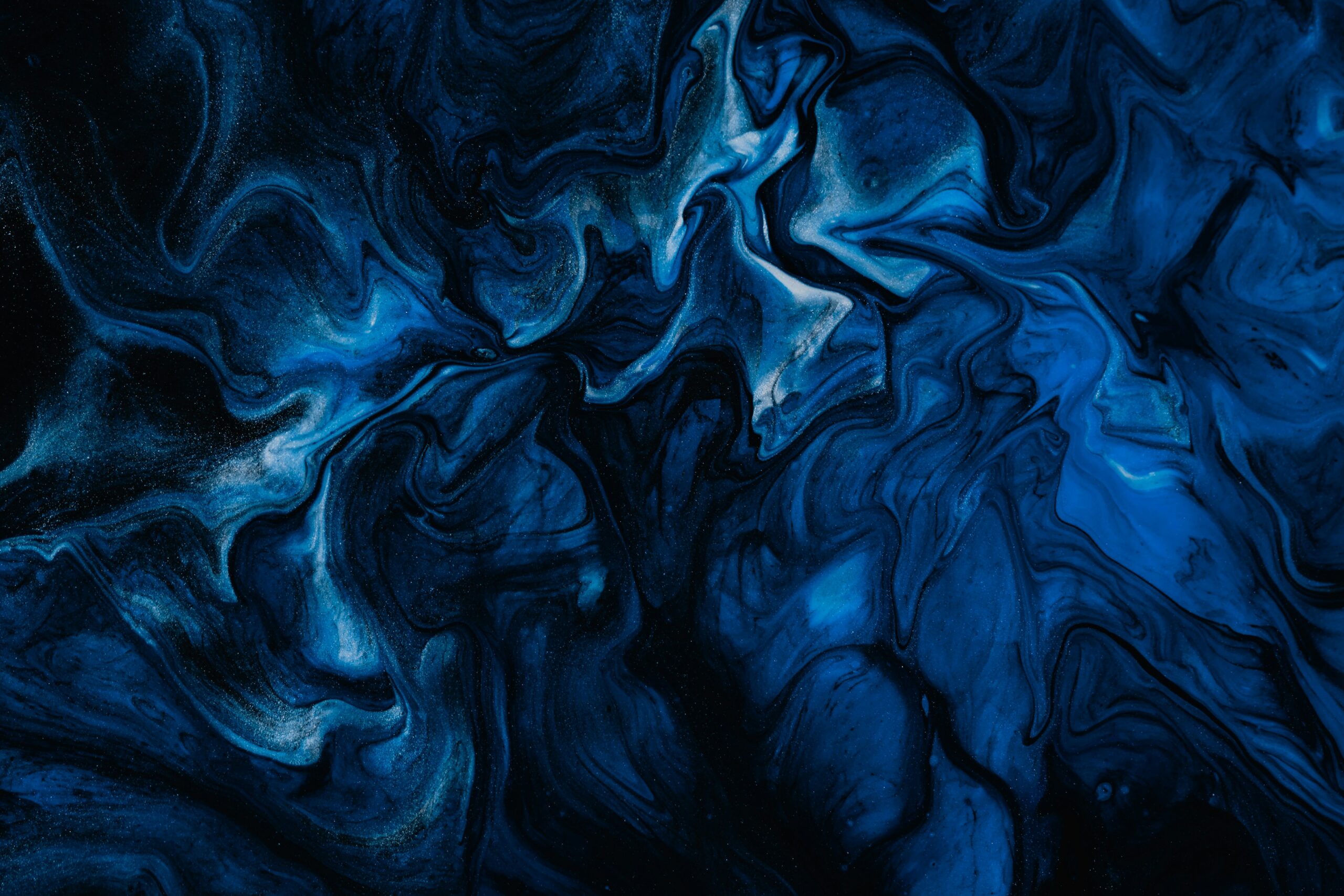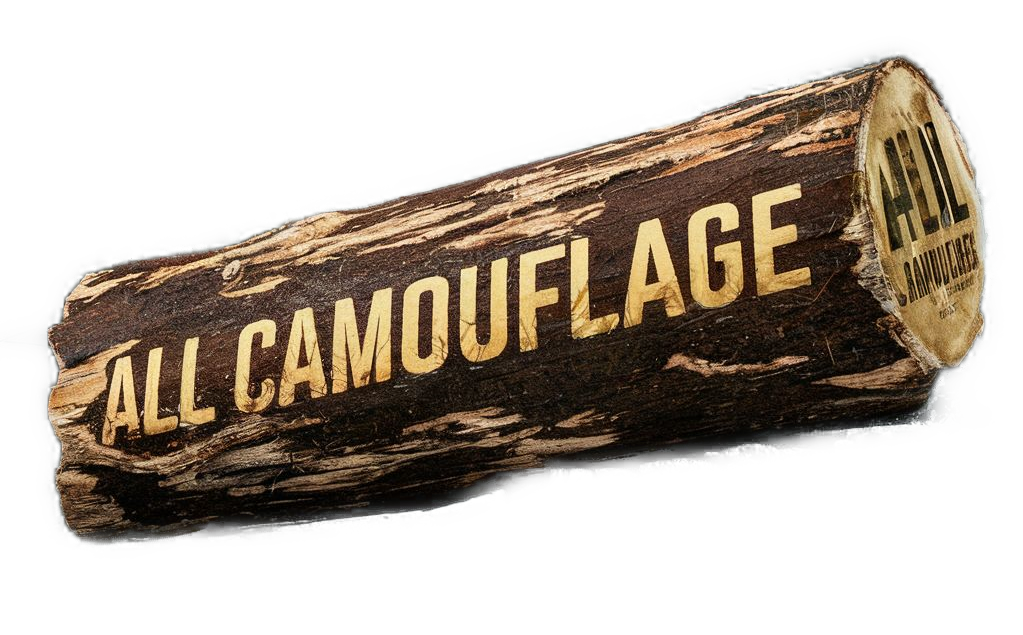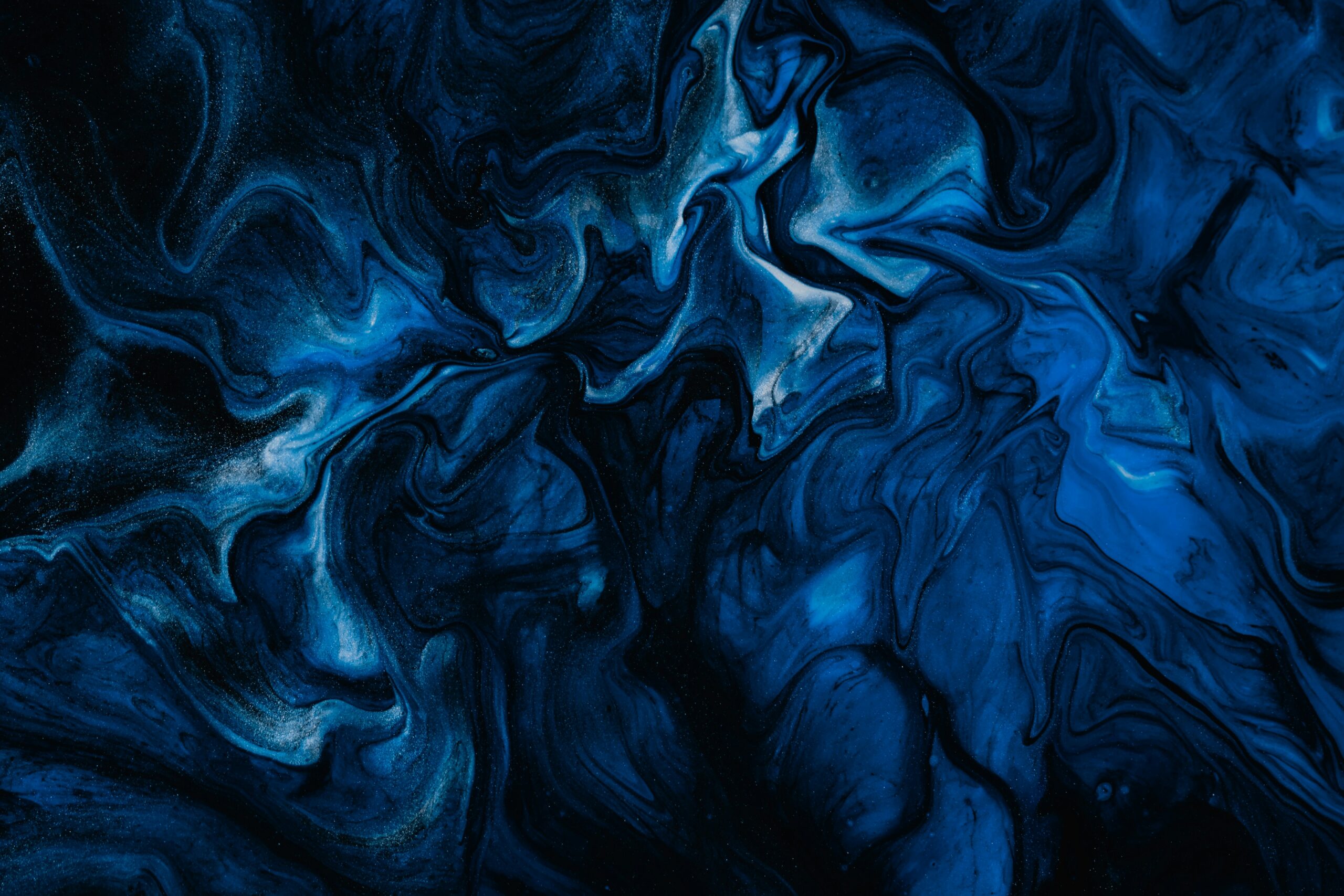Imagine walking down the street and seeing people of all ages wearing camouflage clothing. From jackets and pants to hats and shoes, this trend has taken the fashion world by storm. But have you ever wondered how camouflage clothing became so popular? In a society that values individuality and self-expression, it seems contradictory that blending in with your surroundings would become such a sought-after style. However, this unique trend has a fascinating history that dates back to its origins in the military. Let’s take a closer look at how camouflage clothing made its way from the battlefield to the catwalks, turning into a fashion statement that continues to resonate with people today.

Historical Origin of Camouflage Clothing
Military Use in World War I and II
Camouflage clothing has a rich history that dates back to its military origins. During World War I and World War II, camouflage was primarily used by military forces as a means of concealment on the battlefield. The concept of blending in with the natural surroundings to avoid being spotted by enemies quickly gained popularity and proved to be highly effective in enhancing the safety and survival of soldiers.
Camouflage in Hunting and Outdoor Activities
The success of camouflage clothing in military use also translated into the realm of hunting and outdoor activities. Hunters began to recognize the value of blending in with their surroundings to get closer to their targets without being detected. As a result, camouflage patterns and designs were adapted for civilian use, creating a bridge between the military origins of camo clothing and its integration into mainstream fashion and everyday wear.
Introduction of Camouflage into Mainstream Fashion
Influence from the Military Surplus Stores
One of the key factors that contributed to the introduction of camouflage into mainstream fashion was the popularity of military surplus stores. These stores offered a wide range of military gear, including camouflage clothing, at affordable prices. People, particularly young individuals seeking alternative fashion styles, started to frequent these surplus stores and incorporate military-inspired pieces into their outfits. This trend helped bridge the gap between military and civilian fashion, leading to the wider adoption of camouflage clothing.
Impact of Vietnam War Protest Movements
The Vietnam War played a significant role in propelling camouflage fashion into the mainstream. As the war became increasingly contentious and anti-establishment sentiments grew, many individuals began to adopt camouflage clothing as a symbol of protest against the war and the government. This association with rebellion and counterculture movements helped popularize camouflage as a fashion statement, especially among young people seeking to challenge societal norms and express their dissent.
Adoption by High-End Designers
In the 1980s, camouflage clothing received a boost in popularity when high-end designers started incorporating it into their collections. Renowned fashion houses recognized the edginess and subversive appeal of camouflage, and began using it in their runway shows and clothing lines. The inclusion of camouflage in high fashion not only elevated its status but also made it accessible to a wider audience who aspired to emulate the style and status of luxury brands.
The 1970s: Punk and Anti-establishment Movements
Camouflage as a Symbol of Rebellion
During the 1970s, camouflage became a powerful symbol of rebellion and resistance within the punk and anti-establishment movements. Punk fashion embraced the chaotic and anarchic spirit, and camouflage patterns perfectly embodied these ideals. By donning camouflage clothing, punk enthusiasts expressed their rejection of societal norms and conventions, effectively using their attire as a visual statement of their nonconformity and defiance.
Punk Fashion and Camouflage
Punk fashion combined the ruggedness and DIY ethos with a penchant for shock value, and camouflage clothing played a prominent role in this subculture’s fashion aesthetic. Camo pants, jackets, and accessories became synonymous with punk fashion, adding an element of rebellion and individuality to the overall look. The combination of camouflage with punk staples, such as leather jackets, torn jeans, and safety pins, created an iconic style that resonated with both the punk subculture and a broader audience.
Adoption by Streetwear
The influence of punk and anti-establishment movements paved the way for the adoption of camouflage in streetwear fashion. Streetwear culture emerged in the 1990s as a fusion of various subcultures, including skateboarding, hip hop, and graffiti. Camouflage was naturally incorporated into streetwear, aligning with its rebellious and urban aesthetic. It became a staple pattern in streetwear collections, seen on hoodies, t-shirts, sneakers, and accessories, further popularizing camouflage as a fashion trend.
Influence of Hip Hop Culture on Camouflage Fashion
Hip Hop Artists and Camo Fashion
In the late 1980s and early 1990s, hip hop culture had a significant influence on the popularity of camouflage fashion. Hip hop artists embraced the bold and distinct look of camouflage clothing, incorporating it into their stage outfits and music videos. Rappers like Tupac Shakur and Snoop Dogg were known for their adoption of camouflage, often wearing camo pants, jackets, and hats as part of their street-inspired style. This association with hip hop culture propelled camouflage fashion into the mainstream, reaching audiences far beyond the confines of subcultures.
Introduction of Urban Camo
As hip hop culture embraced camouflage, a new variation emerged: urban camo. Urban camo featured color schemes and patterns that were adapted to the urban environment, incorporating elements like concrete and graffiti. This new interpretation of camouflage aimed to capture the essence of street culture and resonated with individuals seeking to express their identity within an urban context. Urban camo became particularly popular in cities and urban centers, reflecting the cultural landscape of the hip hop movement.
Camouflage in Music Videos and Stage Outfits
Music videos and stage performances became important platforms for showcasing camouflage fashion in the hip hop genre. Artists often donned head-to-toe camo outfits, creating a visually striking and attention-grabbing appearance. The presence of camouflage in these highly influential mediums further solidified its status as a fashion trend, inspiring fans and viewers to adopt the style themselves. Camouflage fashion became synonymous with the energy and charisma of hip hop culture, captivating the imagination of millions of individuals worldwide.

Surge in Camouflage Popularity in the 90s
Camouflage in Grunge Fashion
The 1990s witnessed the rise of grunge fashion, a subculture that rejected mainstream trends and embraced a nonchalant, disheveled aesthetic. Camouflage clothing found its place in the grunge movement, aligning with its anti-fashion ethos and its emphasis on comfort and individual expression. Camo print shirts, oversized jackets, and cargo pants became staples in grunge wardrobes, signifying a rejection of societal expectations and a celebration of personal style.
Incorporation in Skate and Surf Culture
Skate and surf culture also played a crucial role in the surge of camouflage popularity during the 90s. Both subcultures valued functionality and durability in their clothing, making camo apparel a natural fit. Skateboarders and surfers embraced camouflage clothing for its versatility and ability to withstand the demands of their respective activities. It became common to see skateboarders wearing camo pants for their durability and surfers sporting camo boardshorts for their practicality, further extending the influence of camouflage fashion to the mainstream.
Influence of Pop Culture and Celebrities
The 90s were a decade of pop culture explosion, with movies, TV shows, and celebrities shaping the preferences and styles of millions. Camouflage fashion found its way into mainstream consciousness through high-profile appearances in popular films like “The Matrix” and “Natural Born Killers,” where rebellious characters donned camouflage attire. Celebrities such as Kurt Cobain and Cindy Crawford were also frequently photographed in camouflage clothing, sparking trends and influencing fashion-conscious individuals to adopt the style.
Camo on the Runway: High Fashion Adoption
Uses by Prominent Fashion Designers
The adoption of camouflage fashion by high-end designers marked a turning point in its journey from military wear to mainstream fashion. Prominent fashion houses like Versace, Moschino, and Saint Laurent began using camouflage patterns in their collections, showcasing the versatility of this once utilitarian print. Camo appeared not only in clothing but also in accessories, shoes, and even haute couture pieces, elevating its status from its humble military origins.
Camo in Haute Couture
Camouflage’s infiltration into haute couture brought a touch of luxury and sophistication to this rugged print. Designers started incorporating camouflage elements in elaborate gowns, evening wear, and even wedding dresses, blurring the lines between casual and high fashion. The juxtaposition of the utilitarian with the extravagant created an unexpected and captivating visual contrast, attracting attention and challenging conventional notions of beauty and elegance.
Impact on Luxury Streetwear
The emergence of luxury streetwear in the 21st century further solidified camouflage’s place in high fashion. Luxury fashion brands such as Gucci, Balenciaga, and Off-White began creating high-end streetwear pieces featuring camouflage patterns, bridging the gap between the worlds of luxury and urban style. These collaborations between high fashion and streetwear elevated camouflage’s status even further, making it sought-after by fashion enthusiasts and collectors alike.

Camouflage in Women’s Fashion
Use in Feminine Dressing Contexts
The incorporation of camouflage into women’s fashion introduced a new dimension to the trend. Designers started experimenting with softening the traditionally rugged look of camouflage by using feminine silhouettes and incorporating it into dresses, skirts, and blouses. Camouflage patterns intertwined with floral prints and lace details created a juxtaposition of strength and femininity, challenging traditional notions of what women’s clothing should look like.
Adoption by Female Celebrities
Female celebrities also played a crucial role in popularizing camouflage fashion for women. Icons like Rihanna and Gigi Hadid were often seen wearing camouflage clothing, both on and off the red carpet. Their influential status and fashion-forward choices served as inspiration for many women, encouraging them to experiment with camouflage and incorporate it into their own personal style. The versatility of camouflage allowed for a wide range of interpretations, enabling individuals to express their uniqueness and individuality.
Camo in Accessory Designs
Camouflage’s influence extended beyond clothing, permeating into the realm of accessories. Handbags, shoes, scarves, and even jewelry began featuring camouflage patterns, providing individuals with a subtle way to incorporate the trend into their outfits. Camo accessories allowed for versatility, allowing individuals to incorporate a touch of the trend without fully committing to a camo-centric ensemble. The playful yet bold nature of camouflage offered endless possibilities for experimentation and self-expression.
21st Century Camouflage Fashion Trends
Role in Athleisure Wear
The rise of athleisure wear in the 21st century perfectly aligned with the adaptability and functionality of camouflage fashion. Camouflage patterns found their way onto leggings, sports bras, and hoodies, blurring the lines between athletic wear and everyday fashion. The combination of comfort, durability, and street style appeal made camouflage a staple choice for individuals seeking both fashion and functionality in their wardrobe.
Digital Camo and Contemporary Design
As technology advanced, so did the interpretation of camouflage patterns. Digital camouflage, characterized by pixelated patterns, became popular in contemporary design. This modern take on camouflage offered a futuristic and sleek aesthetic, appealing to individuals looking for a more cutting-edge and unconventional look. Digital camo made its mark in streetwear collections and served as a reflection of the digital age we live in.
Camouflage in Everyday Casual Wear
Camouflage has seamlessly integrated into everyday casual wear in the 21st century, becoming a wardrobe staple for many. Whether in the form of a camo t-shirt, cargo pants, or a jacket, camo has become a go-to choice for effortless style. Its versatility allows for easy pairing with various pieces, making it a reliable option for individuals seeking a casual and trendy look. Camouflage has become a timeless fashion trend that transcends seasons, offering individuals the opportunity to express their unique style year-round.
Controversies and Criticism of Camouflage Fashion
Accusations of Cultural Appropriation
Camouflage fashion has not been immune to controversy, with accusations of cultural appropriation being levied against those who appropriate the patterns without understanding their origins. Critics argue that the adoption of camouflage by mainstream fashion overlooks the cultural significance of the patterns, reducing them to mere aesthetics without acknowledging the military and historical contexts from which they emerged. It is essential for fashion brands and consumers alike to approach camouflage fashion with sensitivity and respect to avoid potential cultural appropriation pitfalls.
Debate of Glamorizing the Military
Another criticism directed towards camouflage fashion is the concern of glamorizing the military. Some argue that wearing camo patterns as fashion undermines the seriousness and sacrifices associated with military service. While fashion can certainly draw inspiration from military aesthetics, it is crucial to differentiate between fashion’s artistic interpretation and the valor and gravity of actual military uniforms. Promoting awareness and respect for those in service is vital to avoid trivializing their contributions through the commercialization of camo fashion.
Concerns Over Blurring Civilian-Military Lines
The widespread adoption of camouflage fashion has raised concerns about blurring the distinction between civilians and military personnel. Camouflage’s association with military and covert operations can potentially create confusion, especially in situations where clear identification is crucial for safety and security. Striking a balance between fashion trends and practical considerations is important to ensure that the usage of camouflage in daily wear does not compromise civilian-military distinctions.
Future of Camouflage in Fashion
Designer Interpretations and Variations
The future of camouflage fashion lies in the hands of innovative designers who continue to reinterpret and reinvent the patterns. From experimenting with color palettes to exploring new materials and textures, designers have the opportunity to push the boundaries of camouflage fashion. There is immense potential for creative interpretations that retain the essence of camo while introducing fresh perspectives and making fashion statements.
Potential Cultural and Political Impact
As camouflage fashion evolves, it has the capacity to reflect cultural shifts and political values. The ongoing conversations surrounding diversity, inclusivity, and social justice may influence the way camouflage is integrated into fashion. Designers and brands have an opportunity to use camouflage as a platform to make meaningful statements, celebrate diversity, and promote social change. The impact of camouflage fashion can extend beyond aesthetics and inspire dialogue and action on pressing societal issues.
Role of Sustainability in Camouflage Production
The fashion industry is increasingly embracing sustainability as a core value, and camouflage production is no exception. With growing awareness of environmental impact, the use of sustainable materials and ethical manufacturing processes can play a crucial role in the future of camouflage fashion. Innovations in sustainable fabrics, such as recycled materials and eco-friendly dyes, can contribute to reducing the industry’s carbon footprint. Considering the ecological aspects of camo fashion production is vital to ensure its longevity and relevance in a changing world.
In conclusion, camouflage clothing has come a long way since its military origins, establishing itself as a significant and enduring fashion trend. From its use in military and hunting contexts to its incorporation into mainstream fashion and high-end designer collections, camouflage has proven its ability to adapt and captivate. Influenced by counterculture movements, hip hop culture, and pop culture, camouflage fashion has evolved to reflect the changing preferences and values of society. Despite controversies and criticisms, the future of camouflage in fashion looks promising, with room for innovation, cultural impact, and sustainability. Whether it’s a symbol of rebellion or a statement of style, camouflage fashion continues to leave its indelible mark on the world of fashion.

